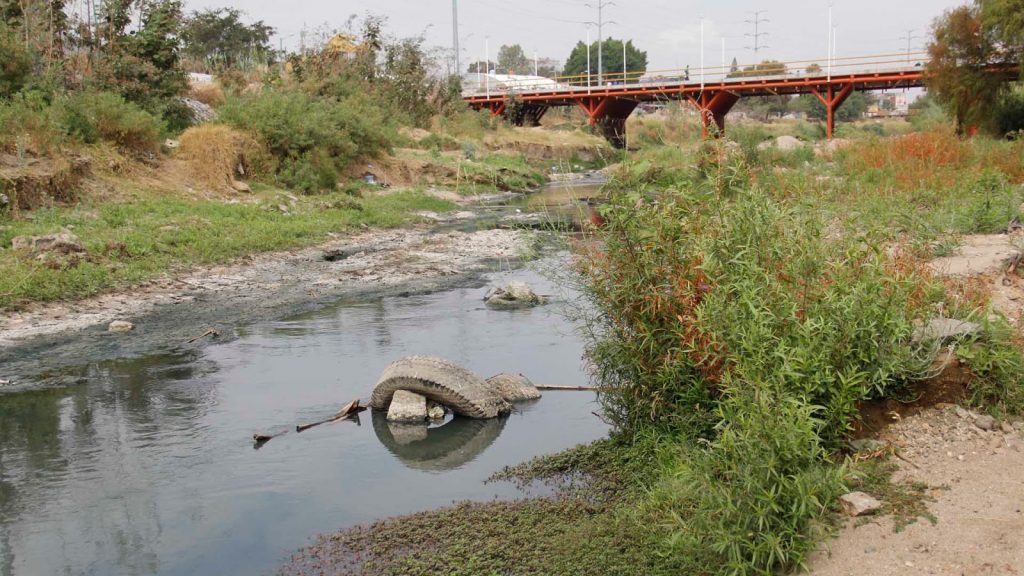
This type of pollution can affect disproportionately any community that finds its only source of fresh water to be undrinkable or usable at all. Environmental justice studies seek if water pollution tends to be more common around areas were vulnerable populations life, and therefore affecting communities have less legal means to defend them self.
Mexico evaluates the quality of superficial water and establishes a level of toxicity. Figure 1 displays the label that was given to the different sampling points according to the quality of water. There are four categories:
- Not toxic
- Low toxicity
- Moderate toxicity
- High toxicity
Two thirds of the data points did not report any toxicity:
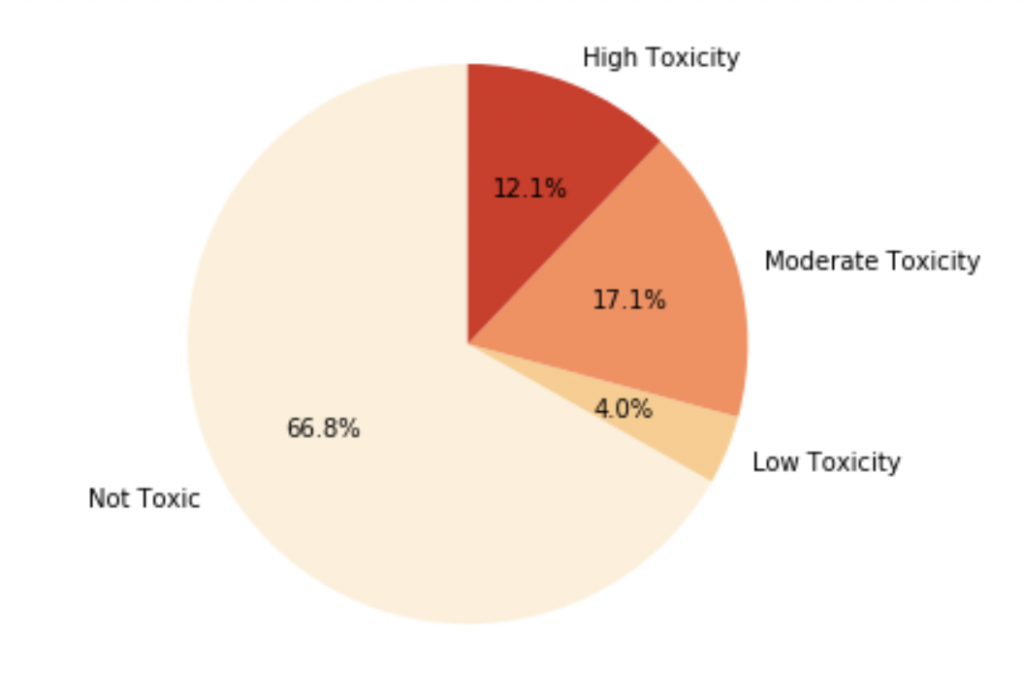
When analyzing only the areas that report low levels of water toxicity, the following heat map (Figure 2) shows four major areas where these reports cluster in the states of Nayarit, Guanajuato, San Luis Potosí and Campeche.
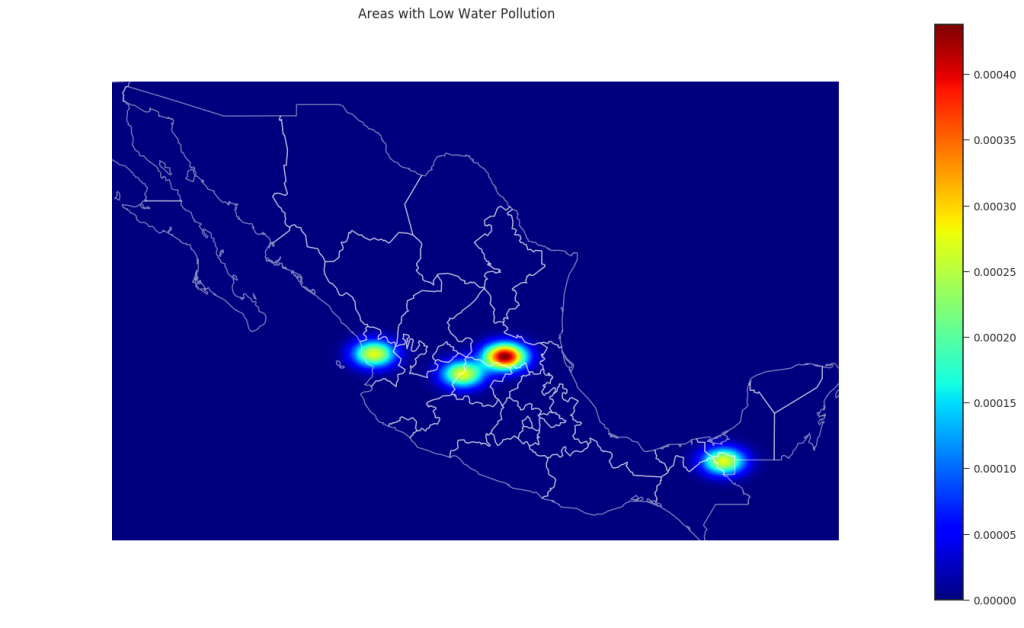
Figure 3 displays a heat map that incorporates the point that reported a moderate level of toxicity. After incorporating these data points into the analysis, the previous areas of concern become less relevant, and we see a significant concentration in the state of Guanajuato, as well as other concentrations in Guerrero and Puebla.
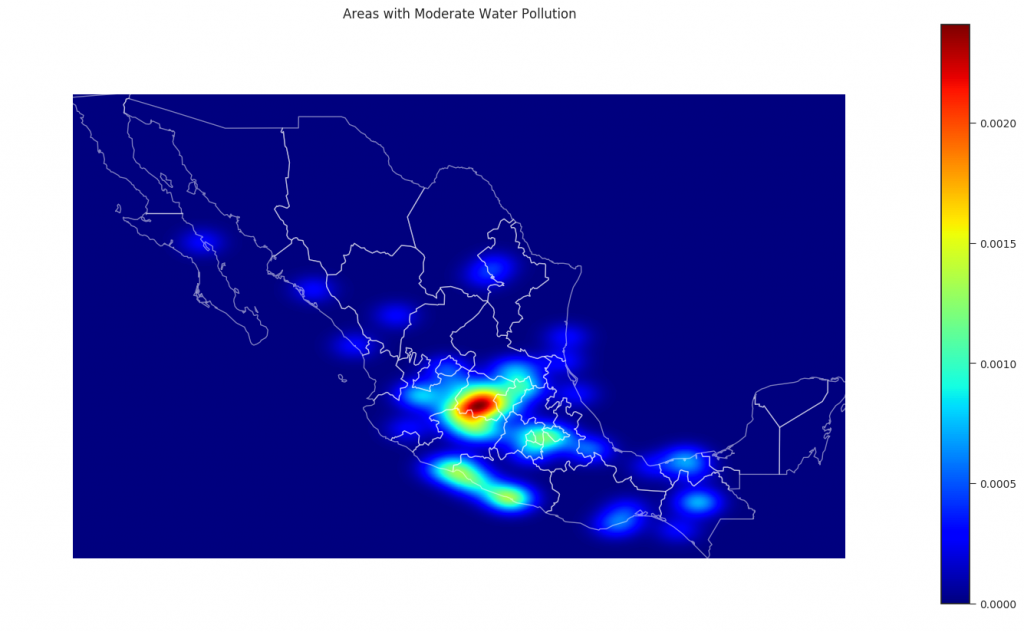
Finally, Figure 4 includes all the data points, including the highest levels of toxicity. We find two significant concentrations, one in Guanajuato, and the strongest one appears on the border between the states of Tlaxcala and Puebla. This is the area of river Atoyac.
The Atoyac River in Mexico is one of the most polluted rivers in the world.
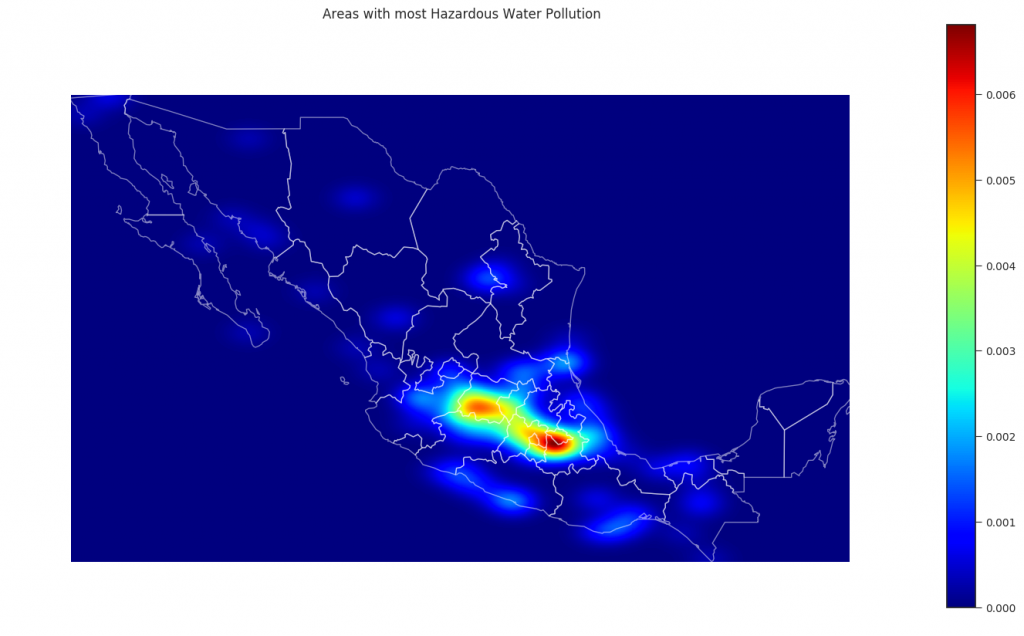
Potable water pollution should not be tolerated by any government. These levels of hazardous pollution must be addressed immediately. So far, this overview does not allow us to conclude there is an environmental injustice event happening, yet, it would not discard it, and further analysis must be made.